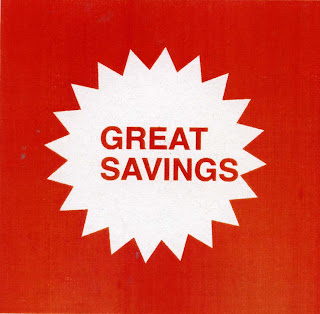
Another of my contacts is Otto Dettmer, a freelance illustrator who has produced self publicised books. I admire his style and contacted him asking questions relating to illustration.
> Hi Liam here some answers. good luck with that.
> 1. How do you go about generating ideas? And what do you do if you
find it difficult to answer a brief?
as I read through a brief, I make little drawings in the margins of
anything that comes to mind. I don't normally go into details at this
stage. I make a quick 5 second drawing and then move on to the next
bit. All that obviously depends on how much time there is. But the
point of the brainstorming phase is to collect a large number of very
basic ideas. In any case I try to find out what the main message of
the piece is about, so as not to get sidetracked. Then I see which of
the drawings have any potential, as in do they fit the brief, are
they elegant. are they unusual? I'll use a drawing program like
freehand to make some montages of drawings and photographs, that's
the 'playing phase'. Sometimes unexpected solutions come about that
way. I'll send of the best ideas to the art director. sometimes the
art director also makes a useful input. Usually, hopefully, at the
end is a half decent solution. As a rule, I try not to do an
illustration which I wouldn't be happy with myself.
> 2. I believe that we are living in an age where Consumerism is more
prevelant than its ever been and is affecting our behaviour, i.e going to a shopping mall for recreation rather than going for a walk or playing sports etc. What is your opinion on Consumerism?
Well, of course, it's evil. A phenomenon of our times. The Soviets
believed in producing things, the capitalists believe in consuming
things. It's all a waste of time of course. Being human should be
about more than just producing and consuming. But what it actually is
about, I'm still working on. I'll let you know if I come up with
anything.
> 3. What do you think the advantages and disadvantages are of
working for both agencies/in house illustration and freelance?
I'm not sure, have never worked for an agency. I suppose there is a
bit of mutual distrust going on. I think of them as too commercial,
and my guess is that they think of me as too unpredictable.
> 4. How have you created a style that is instantly recognisable in
the industry as your own?
I have never tried to get a 'style'. I think the style should go with
the brief or the publication, not be something that comes with the
illustrator. So for example if it's a piece about war, I might chose
to do it in the style of Picasso, say. (as in Guernico) Having said
that, I suppose some kind of style will come about by itself, because
everybody has a way of doing things which is going to come through in
the work.
> otto







